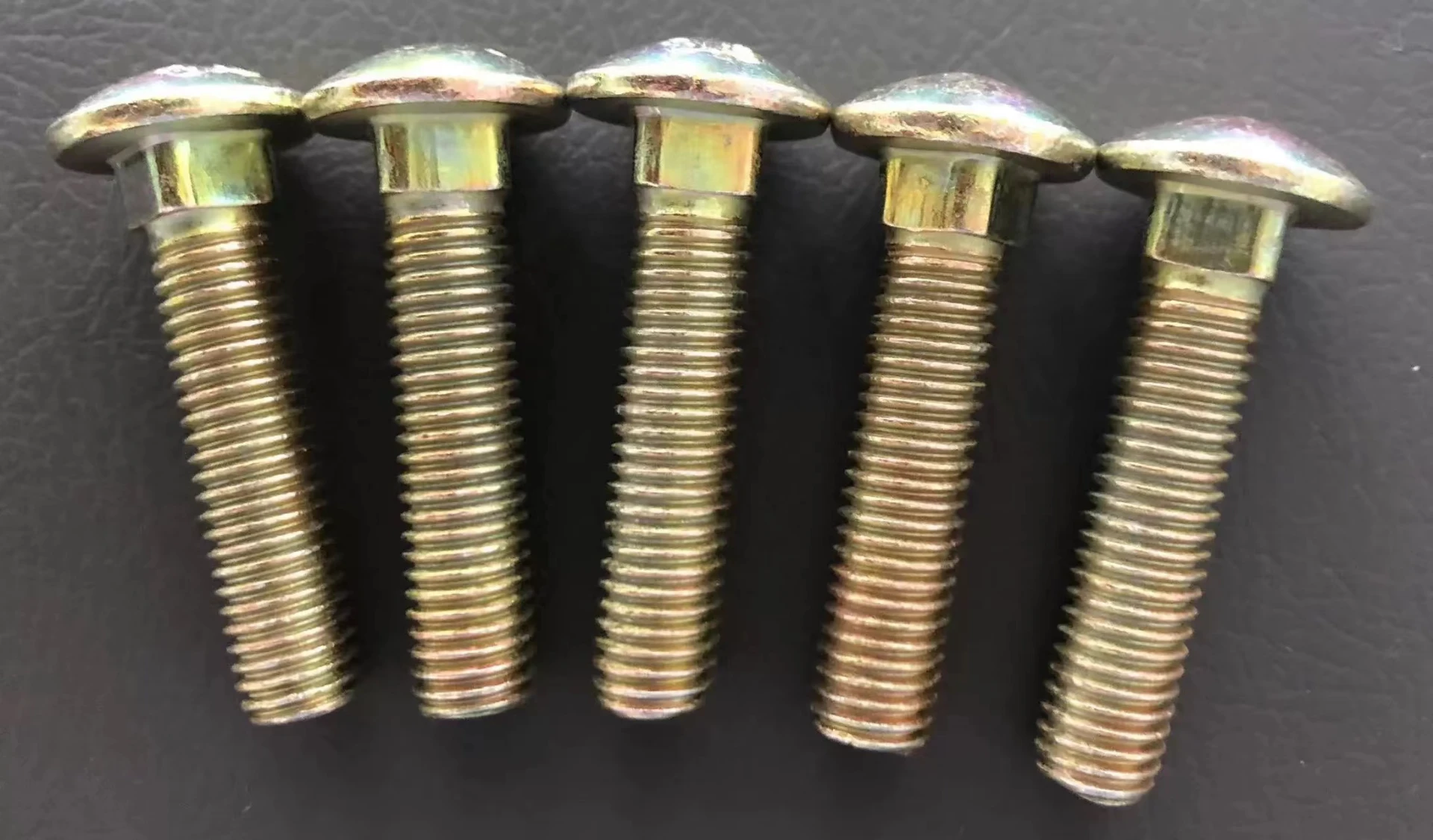

flat washer m3
Nov . 25, 2024 01:14 Back to list
flat washer m3
Understanding Flat Washers Essential Components in Engineering and Construction
Flat washers are simple yet crucial components in various engineering and construction applications. They are thin, disk-shaped objects, usually made from materials such as metal, plastic, or rubber. Their primary function is to distribute the load of a screw or bolt across a larger surface area, which helps to prevent damage to the surface being fastened. In this article, we will explore the uses, types, and benefits of flat washers, specifically focusing on their application in mechanical and structural engineering.
What are Flat Washers?
A flat washer is a circular piece of material with a hole in the center that allows a bolt or screw to pass through. These fasteners come in different sizes and thicknesses, tailored to specific applications. When a bolt is tightened, the washer helps to create a stable base to prevent loosening due to vibration or shock, ensuring a more secure connection between components.
Applications of Flat Washers
Flat washers are used in a wide variety of applications across multiple industries, including construction, automotive, aerospace, and electronics. In construction, they are commonly used to secure beams, flooring, and roofing materials together. In the automotive sector, flat washers help secure engine components and suspension systems, ensuring that parts remain intact and perform efficiently under various conditions. Additionally, in aerospace, they play a critical role in assembling aircraft parts, where the integrity of components is vital for safety.
Types of Flat Washers
There are several different types of flat washers, each designed for specific purposes. Some of the common types include
flat washer m3

1. Standard Flat Washers These are the most widely used and come in various sizes and thicknesses, suitable for general applications.
2. Lock Washers Designed to prevent loosening due to vibration, lock washers are often used in conjunction with standard flat washers and feature a split or wave design.
3. Fender Washers These washers have a larger outer diameter than standard washers, providing more surface area to distribute load and are often used in applications with oversized holes.
4. Oversized Washers Similar to fender washers, these oversized washers provide extra support and are used in applications where the fastener needs to bear a larger load.
5. Specialty Washers These can include washers made from non-corrosive materials, insulated washers for electrical applications, or rubber washers for sealing purposes.
Benefits of Using Flat Washers
The use of flat washers offers several benefits, making them an essential part of many mechanical assemblies. Firstly, they help to improve the stability of joints by distributing the load evenly, reducing the risk of surface deformation. They also assist in preventing damage to materials, especially in soft surfaces, by providing a protective barrier. Furthermore, flat washers can help to reduce friction between the bolt and the material, allowing for smoother tightening and less wear over time.
In summary, flat washers are vital components that enhance the reliability and durability of fastened connections in various applications. Their ability to distribute loads, prevent damage, and reduce wear makes them indispensable in the fields of engineering and construction. Whether you are working on a small DIY project or involved in large-scale industrial applications, understanding the significance of flat washers and choosing the right type for the job can lead to a more secure and efficient outcome.
Latest news
-
High-Strength Hot-Dip Galvanized Bolts-Hebei Longze|Corrosion Resistance&High Strength
NewsJul.30,2025
-
Hot Dip Galvanized Bolts-Hebei Longze|Corrosion Resistance&High Strength
NewsJul.30,2025
-
Hot Dip Galvanized Bolts - Hebei Longze | Corrosion Resistance, High Strength
NewsJul.30,2025
-
High-Strength Hot Dip Galvanized Bolts-Hebei Longze|Corrosion Resistance, Grade 8.8
NewsJul.30,2025
-
Hot Dip Galvanized Bolts-Hebei Longze|Corrosion Resistance,High Strength
NewsJul.29,2025
-
High-Strength Hot Dip Galvanized Bolts - Hebei Longze Metal Products Manufacturing Co., Ltd.|corrosion resistance&high strength
NewsJul.29,2025

